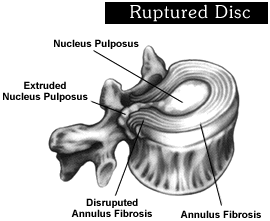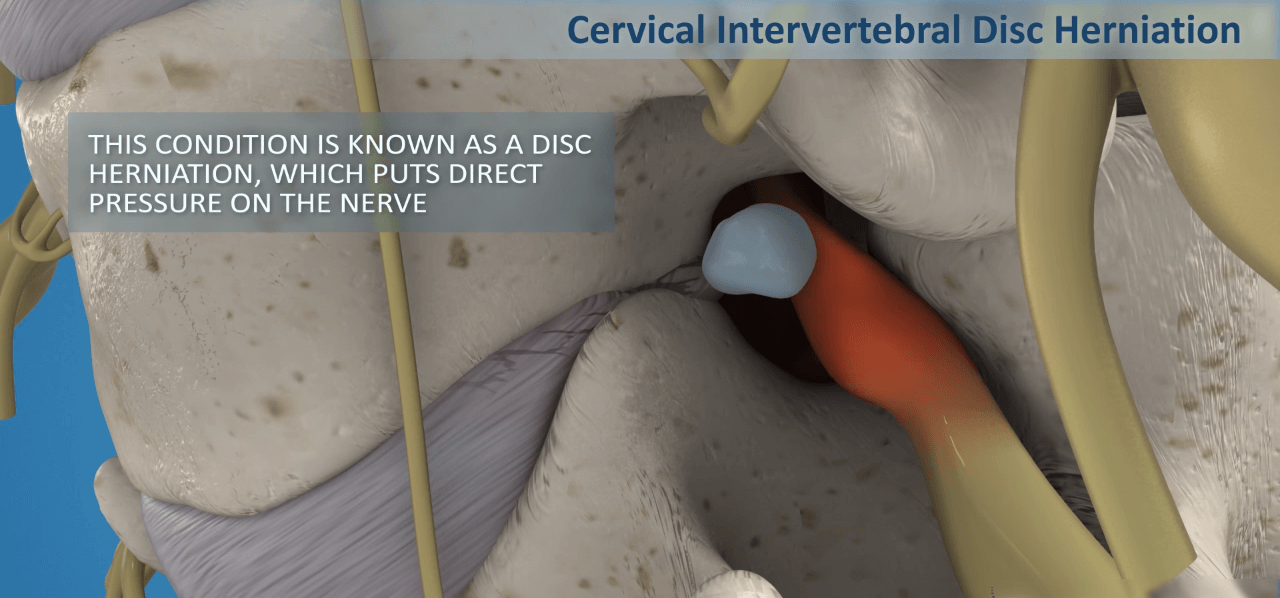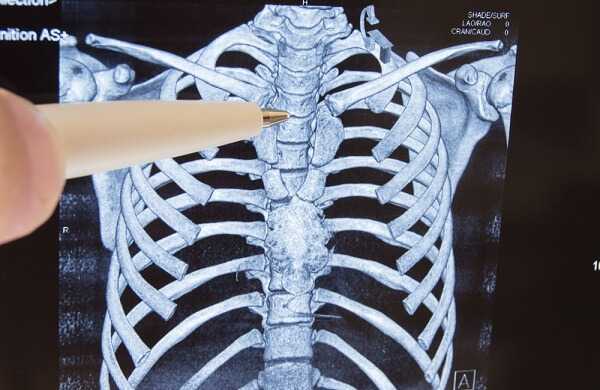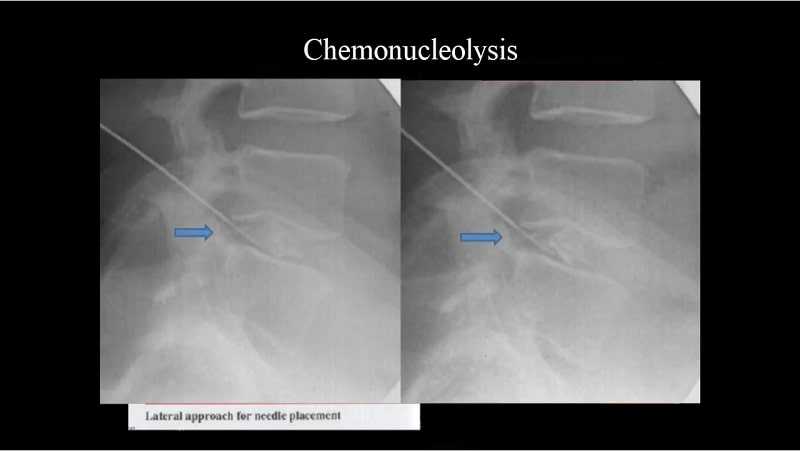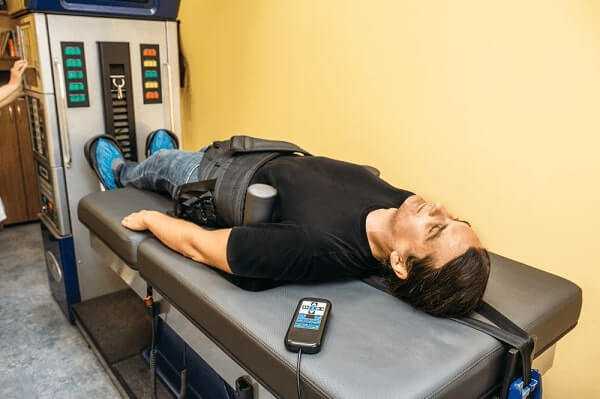You Can Get Rid of Herniated Disc Pain in One Session! (Stem Cell Therapy)
Stem cell therapy for herniated disc
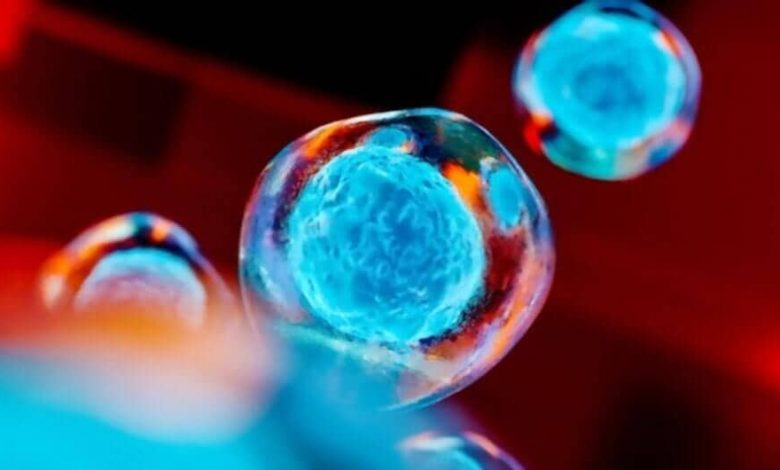
Stem cell therapy, also known as spot shot therapy, can eliminate back and neck hernia pain in one session. In this method, a unique mixed drug is given to the painful area. The process is completed in about 30 minutes. If you also have a herniated disc, read on!
What is Stem Cell Therapy?
Stem cells are the primary cell that can turn into many different cells. All tissues in our body develop in stem cells. These cells are found all over our bodies. But it is most dense in the bone marrow and adipose tissue. Stem cell therapy is a treatment performed by taking stem cells found in bone marrow or adipose tissue using various methods and delivering them to the problem area. Stem cells function by turning into missing tissue cells (such as cartilage, bone, novelization) in the place where they are applied.
Who is Eligible For Stem Cell Therapy?
Although stem cell therapy is applied in many areas of medicine, it is most commonly used in Orthopedics and Plastic Surgery. It can involve Orthopedics, joint calcifications, some cartilage diseases, novices, tendons, and sports injuries. Second and third degree joint calcification, knee hip, and ankle results are pretty good. It is also very effective in the early stages of avascular necrosis, osteonecrosis, or osteochondritis dissecans diseases.
So, Am I Eligible for This Treatment?
This treatment can be applied to people between the ages of 15 and 65 who don’t have cancer or cancer treatment, don’t have an active infection or inflammatory rheumatic diseases. Also, there should be no arrhythmia (curvature) in the joint for treatment to be applied. For this reason, your doctor should determine whether you are suitable for therapy after examination and examinations.
Who Cannot Apply This Treatment?
- Under 15s and over 65s,
- In patients with cancer, in patients undergoing cancer treatment, or in people taking immunosuppressant drugs (because the potential for recovery decreases),
- This treatment isn’t applied to patients with arrhythmia (curvature) in their joints (in these patients, therapy can be used after correction of curvature in the joint in the same session).
Is There an Age Limit for This Therapy?
Since the number of bone marrow decreases after the age of 65 and children before the age of 15 have a high potential for recovery, this treatment is unnecessary.
How is Stem Cell Therapy Performed?
This treatment is performed under operating room conditions under anesthesia. After proper anesthesia by your doctor, liposuction (fat removal) is performed by entering a 0.5 cm incision made from the navel area. Fat obtained after liposuction is filtered with the help of a mechanical kit, and stem cells are collected in an injector of about 30-40 cc. These cells are injected with a knee or insertion needle that is problematic. If there is a pathology in the joint (such as a meniscal tear) or a sequence disorder (such as curvature), they can also be corrected with closed or open operations performed in the same session.
Note: The liposuction procedure performed in this treatment should not be confused with liposuction performed for aesthetic or slimming purposes. Only 100-150 cc of fat removal is enough to obtain stem cells, and this process doesn’t require lying down or remaining still for a long time; it certainly doesn’t carry the risks of Liposuction for aesthetic purposes.
Stem Cells are Being Injected into the Disk!
Stem cell transplantation, performed in the operating room accompanied by an X-ray device called a scope, uses the belly fat in which cells are numerically most present in the treatment. A minor liposuction procedure involves injecting fat cells from the belly area into the hard disc after undergoing special procedures. After the process, you will be discharged on the same day, and you can return to your daily life soon. Stem cells will extensively repair annular tears and disc degeneration by providing regeneration and repair in the problem disc within a period of 6 to 8 weeks. The most significant advantage of this treatment is the use of your cells. An allergic reaction also doesn’t develop, as a foreign substance doesn’t enter the body.
Are There Side Effects?
Stem cell therapy doesn’t have an undesirable effect. The treatment is highly safe. The formation of cancer resulting from stem cell therapy is a complication of embryonic stem cell therapy (derived from cord blood), and such practice isn’t allowed worldwide.
How Does Stem Cell Treatment Progress?
Although the duration of obtaining the desired effect after treatment varies depending on the type and degree of the disease, in general, good results are accepted within 3 to 6 months. No activity restrictions are required after the treatment. After administration, immunosuppressant or cortisone-type drugs should also not be used.
Is Physical Therapy Necessary After Stem Cell Therapy?
After this treatment, patients with a mild and moderate herniated disc are trained by a doctor and taught some movements. In severe cases, it is necessary to be included in a physical therapy program.
Summarize;
Based on problems in treatment, the medical world has recently developed this treatment model for repairing disk degeneration thanks to a better understanding of the mechanisms of tissue repair in disks. This method, which is a hope for patients complaining of low back pain, gave face-laughing results in a 1-year follow-up study on stem cell therapy for a herniated disc in the United States.

